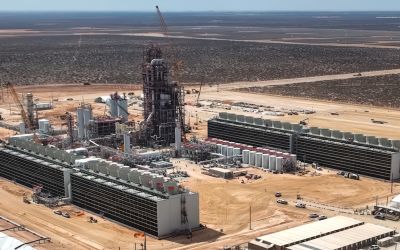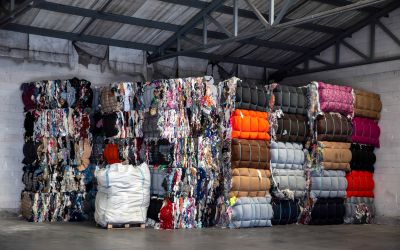Polluting for profit
The Clean Development Mechanism (CDM), a Kyoto Protocol Scheme, has been accused of having a loophole allowing companies to abuse the system in place

 The Clean Development Mechanism (CDM), a Kyoto Protocol Scheme, has been accused of having a loophole allowing companies to abuse the system in place. A UN climate panel will investigate these accusations, looking into around 20 projects, mainly in China and India, suspected of dishonest operations.
The Clean Development Mechanism (CDM), a Kyoto Protocol Scheme, has been accused of having a loophole allowing companies to abuse the system in place. A UN climate panel will investigate these accusations, looking into around 20 projects, mainly in China and India, suspected of dishonest operations.
It has been implied that some projects are producing greenhouse gases in order to destroy them again and then claim carbon offsets getting rid of them. The greenhouse gases in question are hydrofluorocarbons (HFCs), a waste gas produced in air conditioning and refrigeration that are incredibly harmful to the environment. One HFC molecule traps 12,000 times more heat than a CO2 therefore affecting global warming.
It is therefore important that these HFCs are destroyed and a lot of emphasis has been placed on projects that achieve this. These projects destroying HFCs amount to over half of the offsets given to approved projects. Clifford Mahlung, chair of the CDM's executive stated:
"It's clear that these projects are preventing a great deal of a very potent greenhouse gas from entering the atmosphere. However, it's prudent that the board look at whether the safeguards built into the methodology are still sufficient to prevent perverse incentive, or need to be adjusted."
After a meeting n Friday research into the issue has been approved by the CMD Methodologies Panel in order to find out whether allegations concerning companies exploiting the loophole are true. Due to the value of the CMD market, valued at $20.2 billion by the World Bank last month there is always concern that people will abuse the system to profit from such a lucrative scheme.
It is necessary to pay firms to destroy harmful gases but the deliberate abuse of this system by projects is clearly becoming a problem as they are polluting to profit. Some board members have suggested that maybe tightening the rules and reducing the number of CERs awarded may solve the problem but the question still remains: are there adequate safeguards in place?
This issue has uprooted a controversial loophole and only entrenched existing criticisms of the scheme regarding the time it takes to register a project, the cost of doing so and whether the CERs are awarded accordingly. This suspicion of corruption means that the CDM needs to seriously reassess its systems' safeguards to ensure the existence of loopholes allowing projects to abuse the scheme are closed up.
Author: Rachael Bristow | Climate Action
Image: Akeg | Flickr






